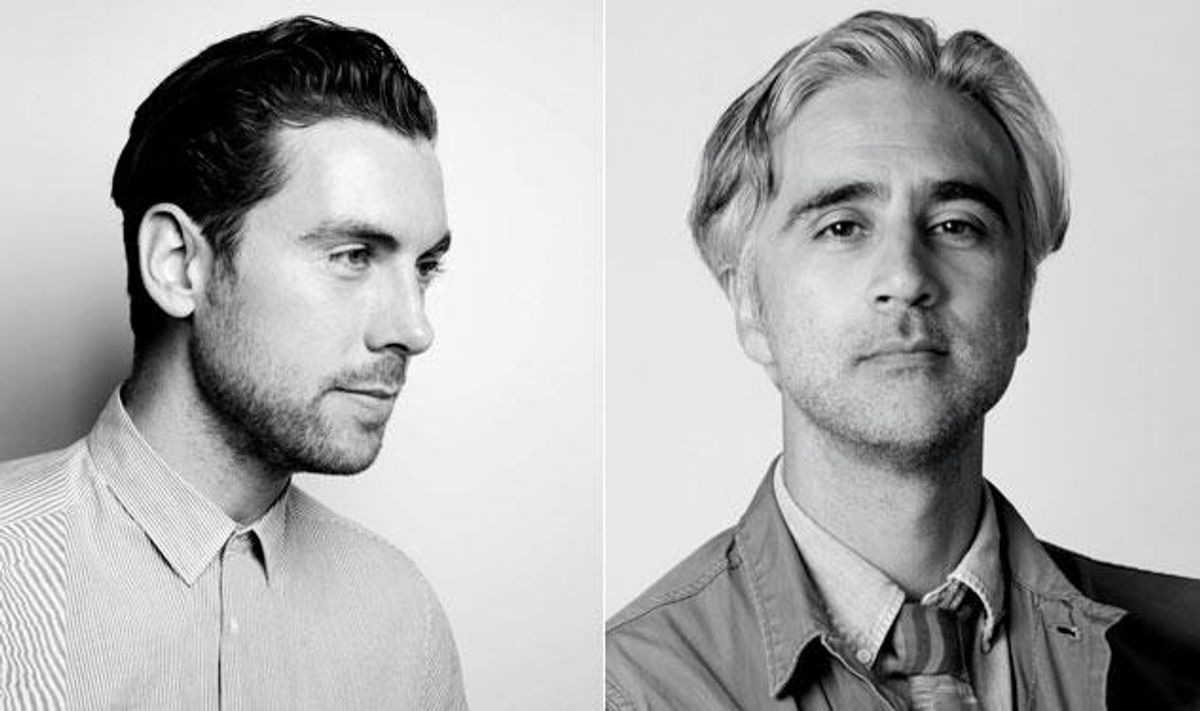
How the online retail platform became a favorite for the fashionista
August 19 2013 10:00 AM EST
May 26 2023 1:56 PM EST
aaronhicklin
By continuing to use our site, you agree to our Private Policy and Terms of Use.

Above: John Mooney (left) and Stefan Pesticcio
On July 4, as we were celebrating our independence, a group of young, well-dressed Brits gathered at Boxpark, a hip pop-up mall made of shipping containers in the trendy London borough Shoreditch. They'd been invited by ASOS, the exploding online fashion retailer for style-conscious 20-somethings.
Unlike similar parties in New York, this one -- celebrating ASOS BLACK x Puma, a collaboration -- involved neither velvet ropes nor red carpets. There was no VIP section, no TV celebrities, none of the aggressive branding usually in place to remind revelers who's paying for the drinks. The message was subtle, but clear: ASOS is cooler than that, and it doesn't need to engage in heavy persuasion.
With 54% growth in the United States in the six months leading up to February 28, a major expansion into Russia and China, and a rocketing share price -- up 90% in the last year -- ASOS is positioning itself to become the world's biggest online fashion retailer. Who said the empire was dead?
"The business didn't start like this -- it started with lampshades," says Stefan Pesticcio, its menswear fashion director. He arrived at the company in 2007, just as ASOS was shaking free of its original mission, an e-commerce site for people who wanted to buy things they'd seen on TV (the company's name is an acronym for As Seen On Screen). It turned out people weren't so interested in buying a lampshade featured on Friends -- but they were interested in buying clothes. Lots of clothes.
Now, ASOS adds 1,500 items a week to its site, and its huge new HQ in an Art Deco north London landmark buzzes with the energy of 1,500 employees. "When I arrived three years ago, the design team was me and three others, and ASOS menswear was chinos and checkered shirts," says John Mooney, head of menswear and an alum of Alexander McQueen and Topman. "It was based on what everyone else was doing: easy wins and not much soul."
Although clearly benefiting from a globalized youth culture, ASOS is sensitive to regional differences, so Americans will always find chinos on the site. "The U.K. market is driven more by trends," says Pesticcio, also a Topman defector. "In the U.S. we talk more about 'classics' and 'essentials.' " But the ASOS sensibility is decidedly young and creative. The look book for the Puma collab played up street culture, using models like tattooist and former pro BMX rider Caleb Kilby and artist Daniel David Freeman. "ASOS is about acknowledging that male consumers may not find their inspiration on fashion sites," says Mooney. "We don't want to bombard them, but when we do give them something, we want to make sure it's fun."
Want more breaking equality news & trending entertainment stories?
Check out our NEW 24/7 streaming service: the Advocate Channel!
Download the Advocate Channel App for your mobile phone and your favorite streaming device!